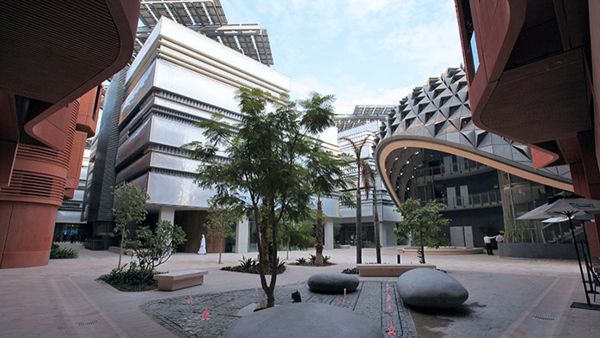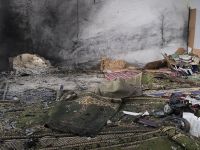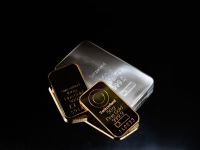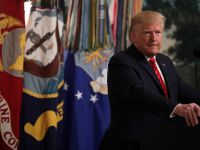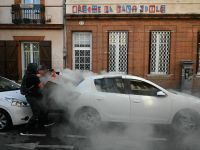The concept of Masdar City was created a decade ago, conceived with an aim revolutionise thinking about cities and the environment built around us.
Masdar City, as the first planned sustainable metropolis was a pioneering project from the United Arab Emirates' (UAE) plan to ween itself off of oil income and diversify its economy.
The project was due to be completed by 2016. However, now it appears managers have dropped the original goal of building the world's first planned zero-carbon city. Masdar City is far from its target of zeroing out its greenhouse gas emissions. And according to the authorities, it will not reach that goal even if the development ever gets fully built.
"We are not going to try to shoehorn renewable energy into the city just to justify a definition created within a boundary," said Chris Wan, the design manager for Masdar City.
"As of today, it's not a net zero future," he said. "It's about 50%."
In the beginning in 2006, the project was widely praised as a model for a green mixed-use urban landscape, a global hub for the cleantech industry, hosting up to 50,000 residents and 40,000 commuters.
Foster and Partners created a car-free city scape, equipped with driverless electric cars transporting passengers between buildings kitted out with cutting-edge technology and shades to resist the scorching desert heat, and keep cooling costs down.
However, ten years later, only a fraction of the town has been built - less than 5% of the original six square km "greenprint", as Wan called it. The completion date has since been postboned to 2030.
The core of Masdar City was built, comprising of a large square building which houses the Middle East headquarters of Siemens. A 45-metre wind tower overlooks a shaded street populated with a grocery store, post office, a canteen, bank, and coffee shops.
As many as 300 other firms, including GE's Ecomagination and Lockheed Martin, have an official presence. However this often amounts to just a hot desk, admits Wan.
By UAE standards, both the Siemens and the Irena buildings are state-of-the-art in terms of optimising energy use – however how they compare on a global scale is less clear.
In addition, the agency's employees, approximately 90 staff, are the only occupants of the six-storey building. Less than 2,000 people work on the campus, according to tour guides, and only 300 live on-site. The residents are all graduate students of the Masdar Institute of Science and Technology, who are provided with free tuition and accommodation.
The pioneering driverless transport system, originally intended to stretch to 100 stations, was scrapped after the first two stops. A bike-sharing station is available, however there are no bike paths, and Abu Dhabi is a 15 km ride away.
And the original concept for Masdar City, to demonstrate green living, has been abandoned. "The original aim was to be net zero, yes, but that was when we were looking at the city in isolation," Wan said.
Wan explained the importance of considering Masdar City within the wider context of the other renewable energy holdings of the parent company. Among Mubadala's other holdings, Masdar Clean Energy is developing the Shams solar farm.
"Masdar as a family company is supply[ing] much, much more clean energy than what is being consumed in the city, for sure," Wan said. "All I am saying is that we are not going to use a city line boundary to try to dictate what is the most cost-effective way to produce clean energy, because the money invested in Masdar City and the money invested in Shams is the same source."
He continued: "In the bigger picture I am doing more good for the country and for planet Earth because it's much more efficient."
Even prior to the drop in oil prices, the UAE encouraged Gulf countries to ween their economies off of fossil fuels.
The country's leaders, heeding the warning that their estimated reserves could run out in 50 years, have invested in tourism, tech and renewable energy. Today about 70% of GDP comes from non-oil sectors, according to Mohammed Bin Rashid Al Maktoum, the UAE prime minister.
The UAE spent $20bn on a nuclear power plant projected to produce close to 25% of its electricity by 2020. In addition, the country is building what has been billed as the world's biggest solar farm in Dubai, and to install rooftop solar on every home in the emirate by 2030.
Achieving the original dream for Masdar City has been elusive. Plans were dampened by the global economic recession of 2008 and investors put their green dreams on hold. "A lot of the people who were considering investing in Masdar City decided to take a breather," Wan said.
Was remains optimistic and insisted that Masdar was not a complete failure. "Masdar is part of an evolutionary process," he said.


